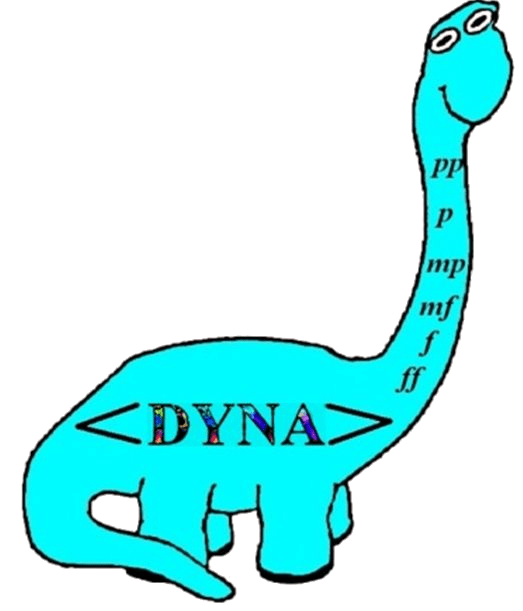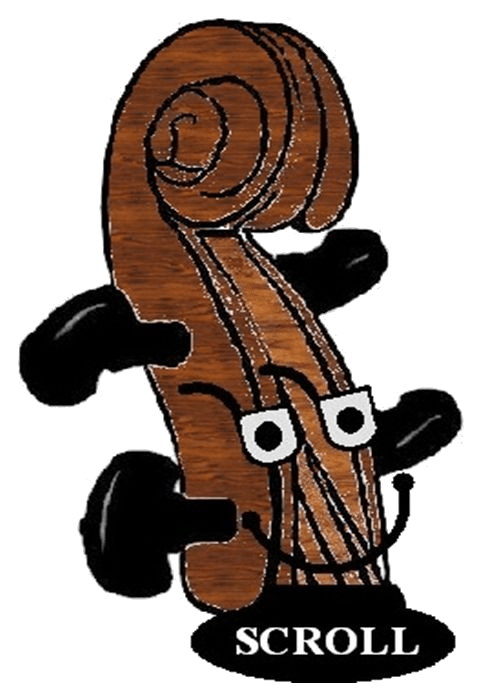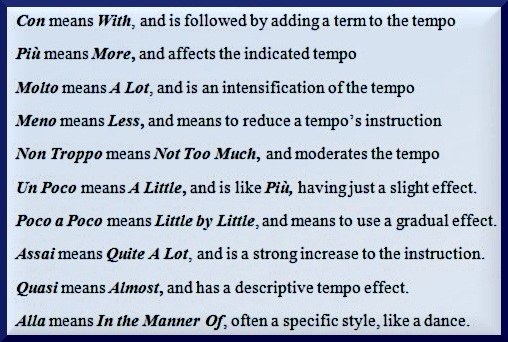– – – – – – The DOTTED LINE – – – – – –
Dynamic changes continue their effect beyond the range of their visual display.
The words crescendo, decrescendo and diminuendo may be written in the music instead of symbols.
Composers add dotted lines after a crescendo, a decrescendo or a diminuendo in order to clearly define the duration of the desired effect. Dotted lines may also called dashed lines.
Dotted lines help to pin-point volume-change detail.
POCO – A – POCO
When the term POCO A POCO is added to dynamic changes, it means to perform the dynamic adjustment even more gradually
“Poco a Poco” translates to “little by little.













